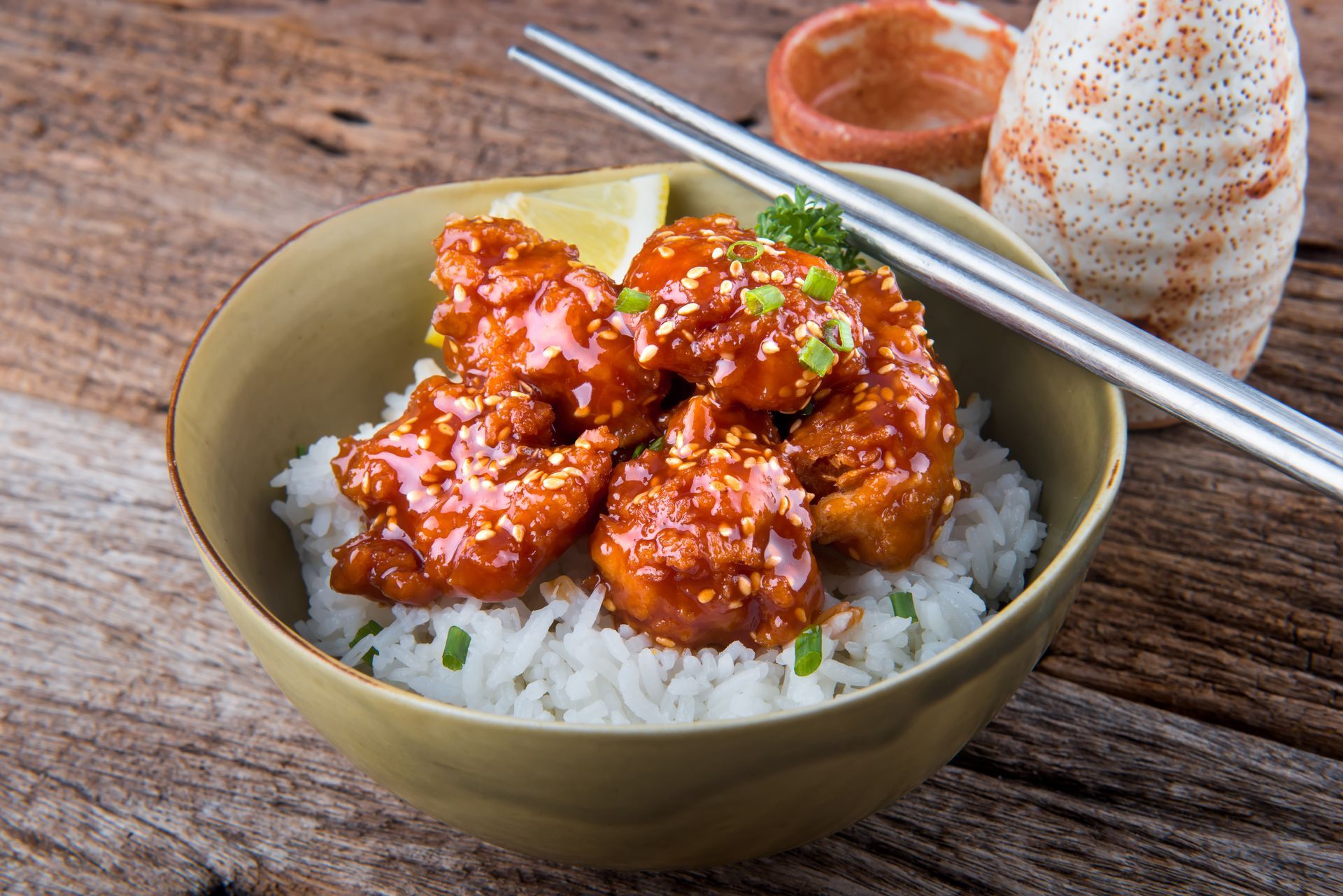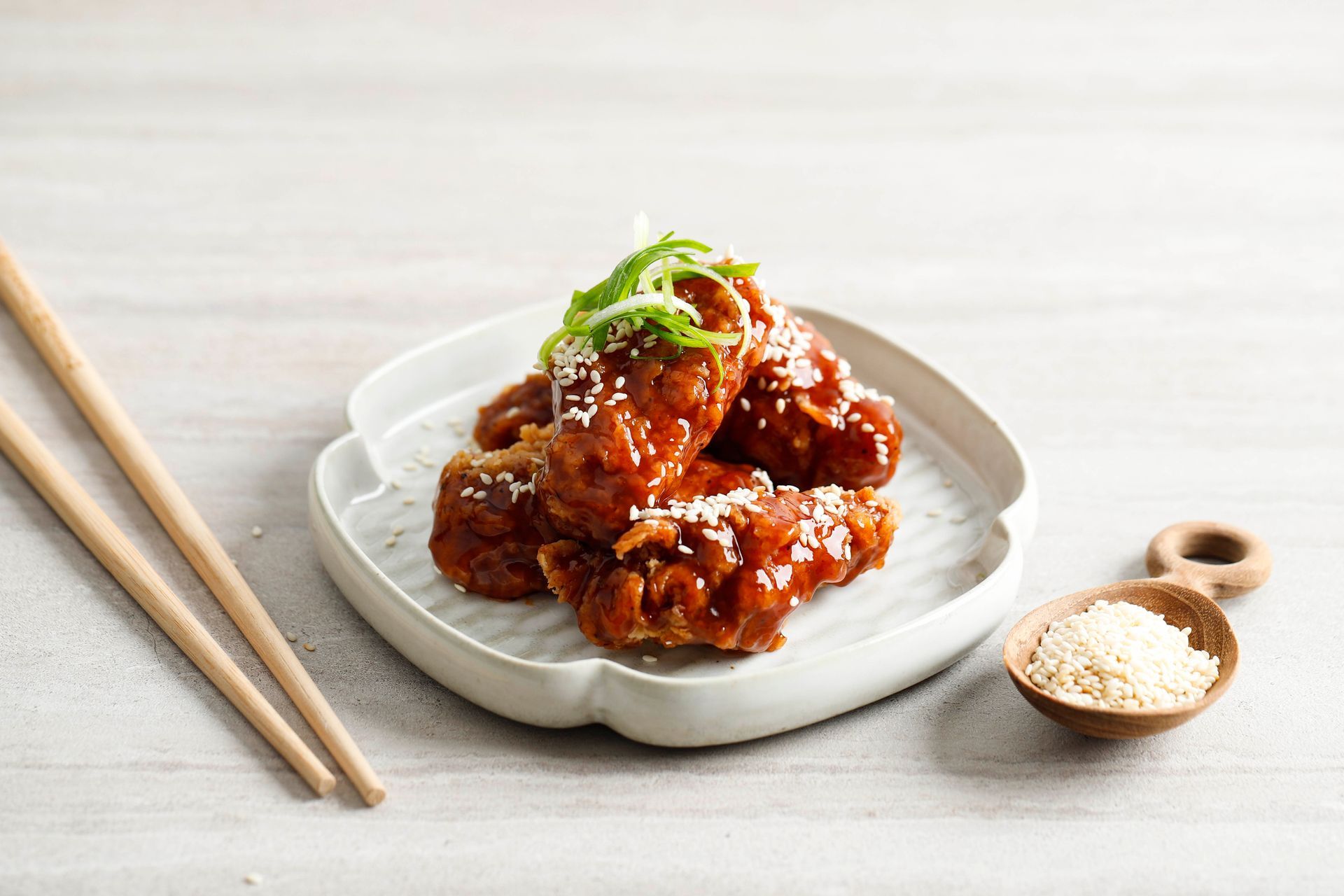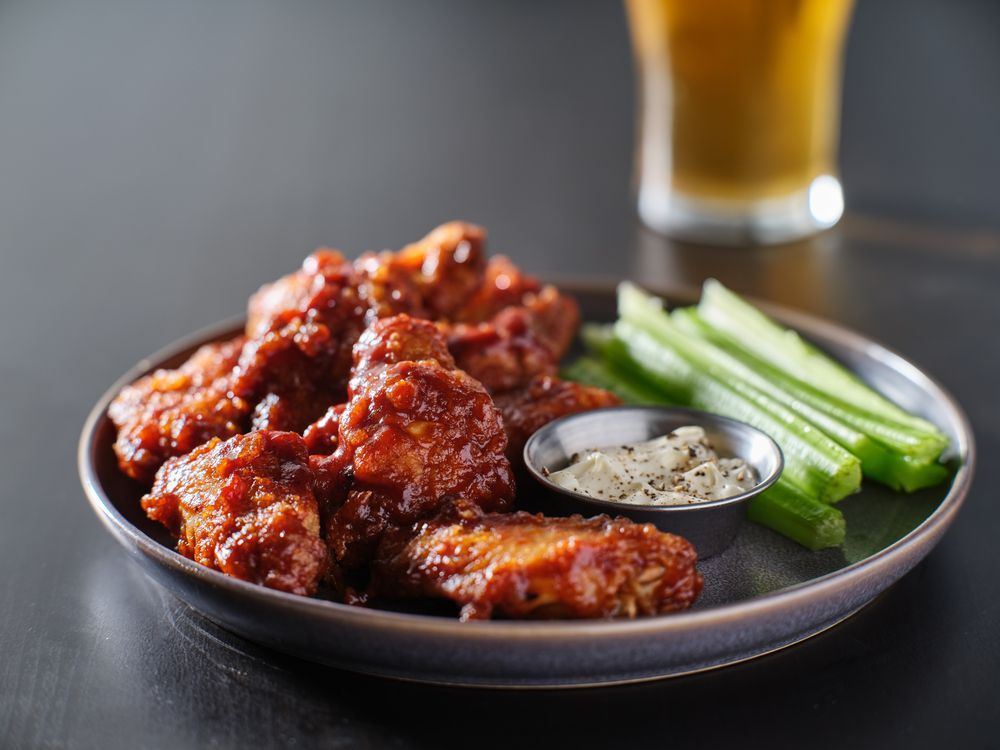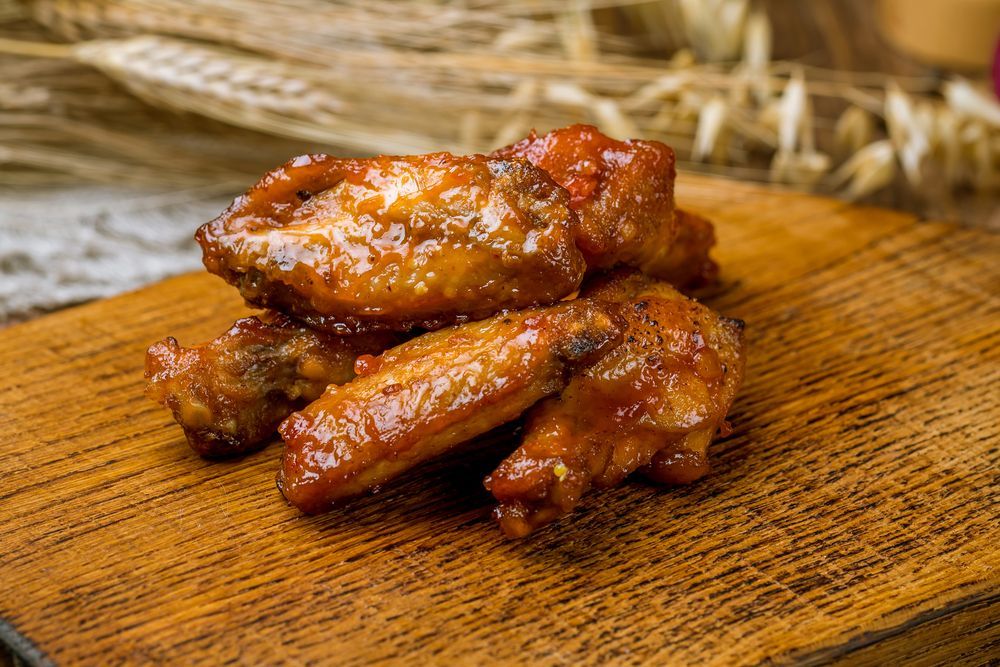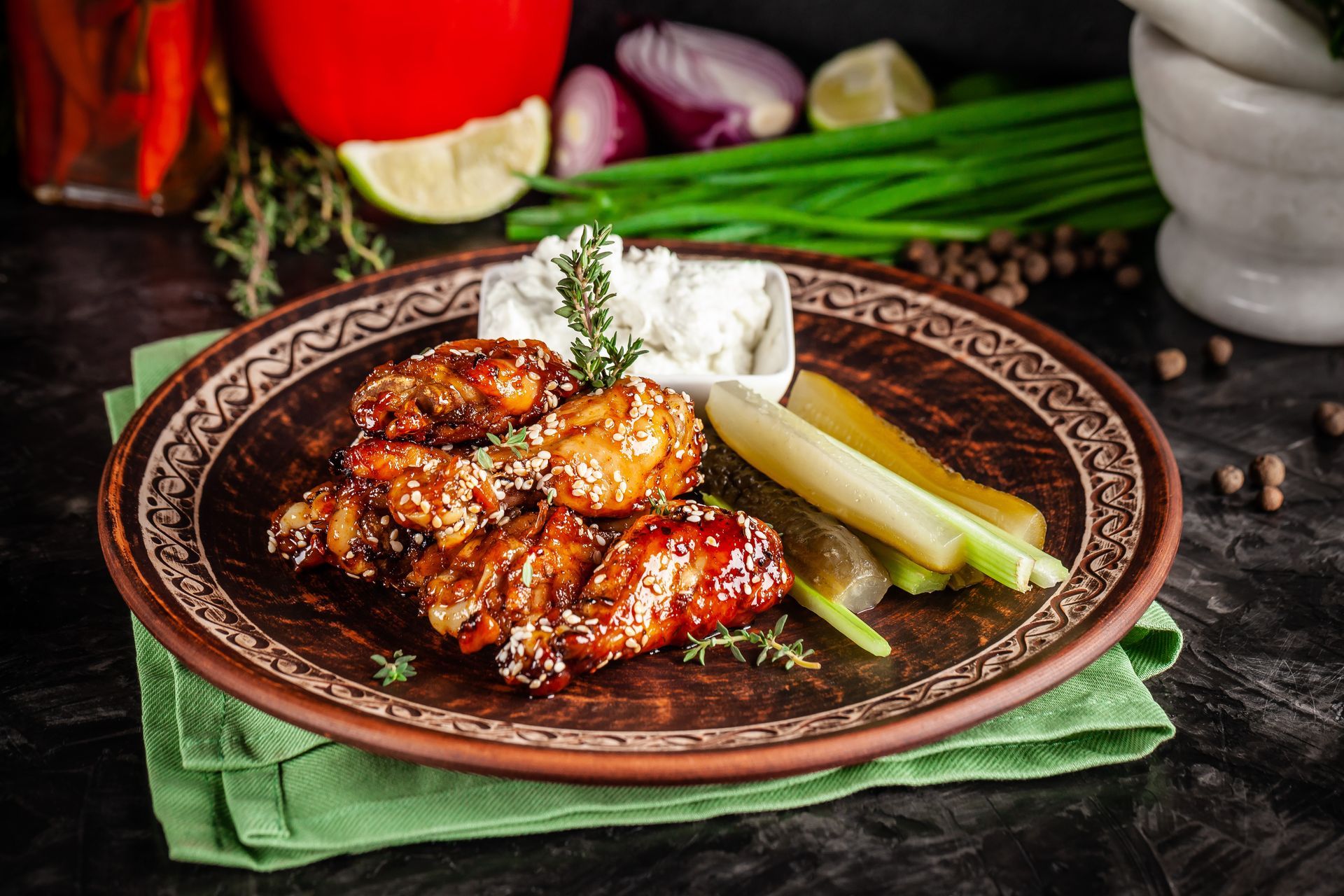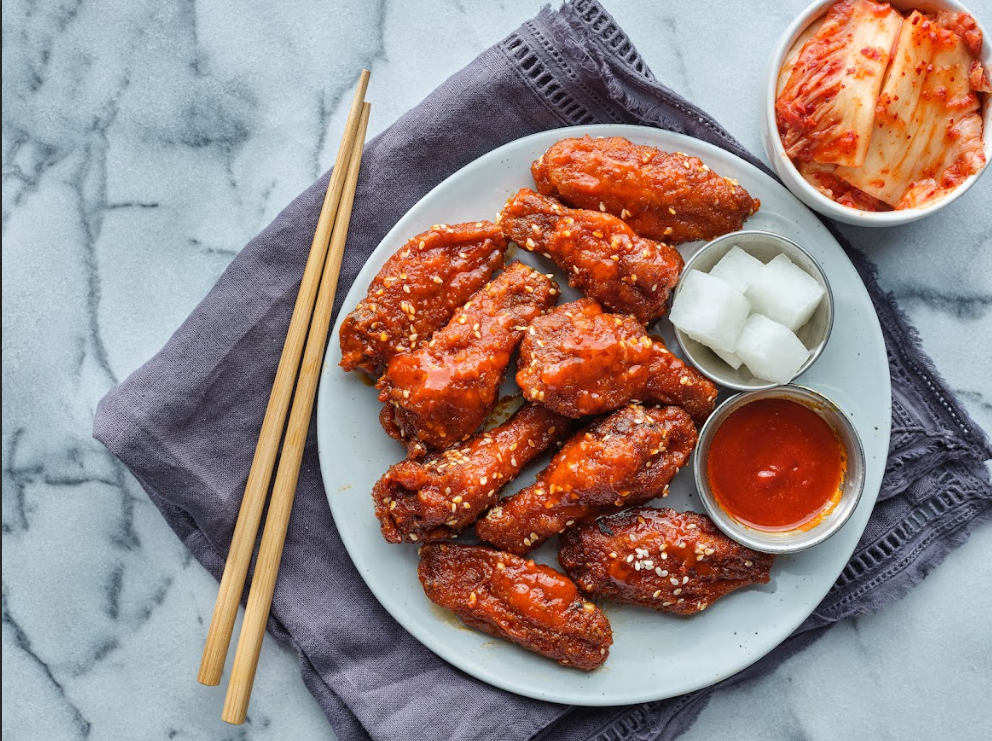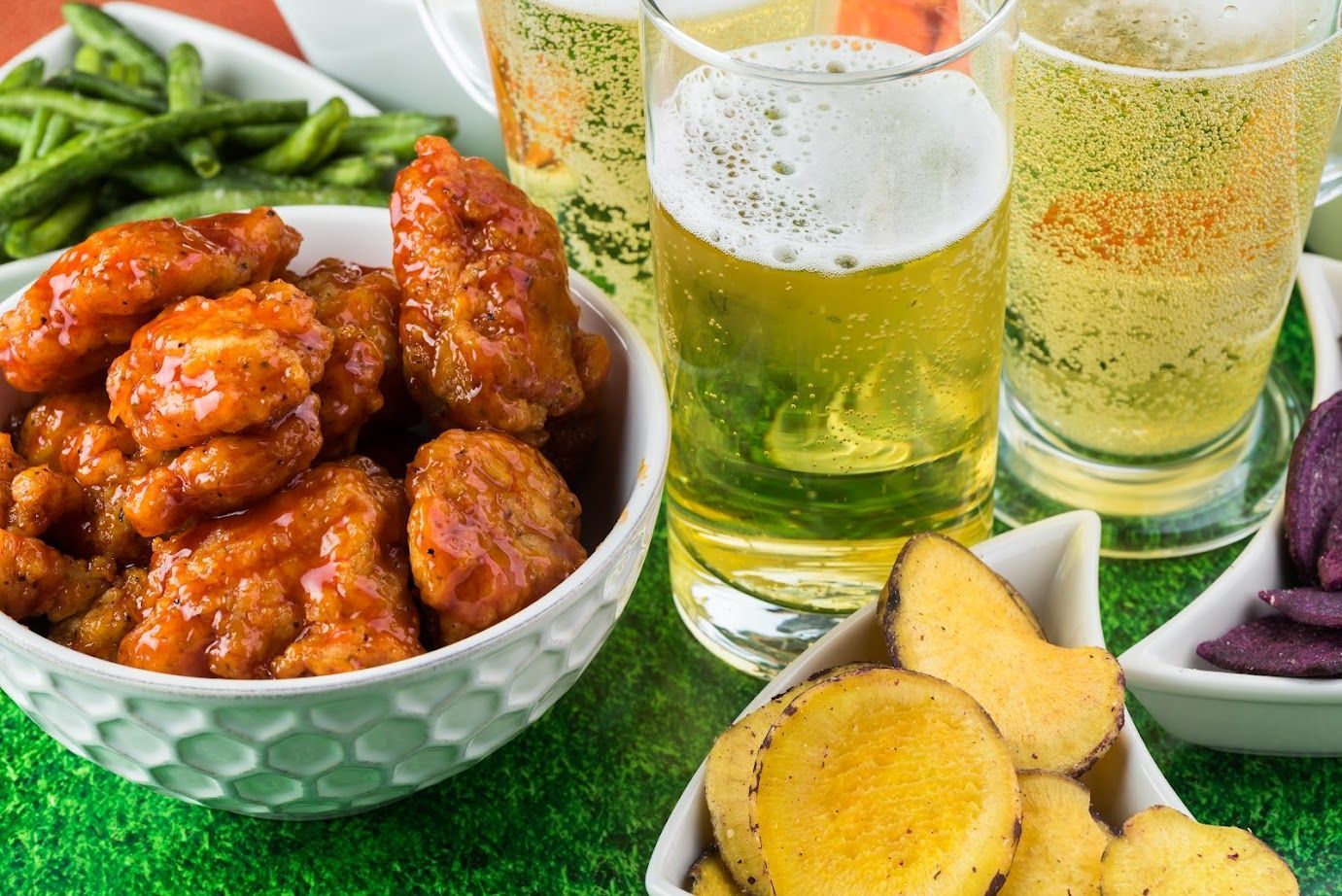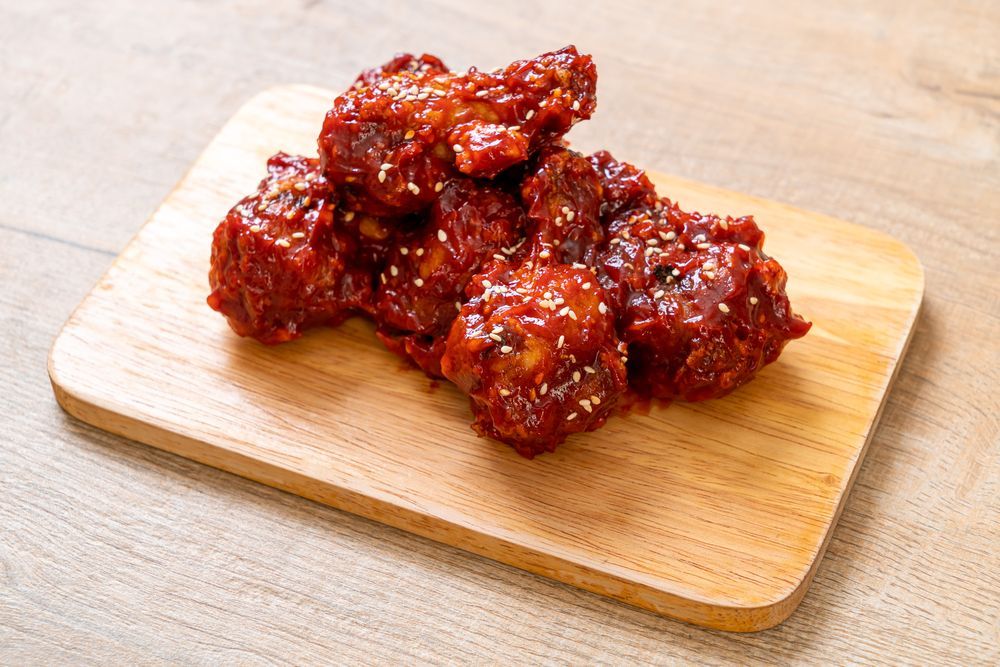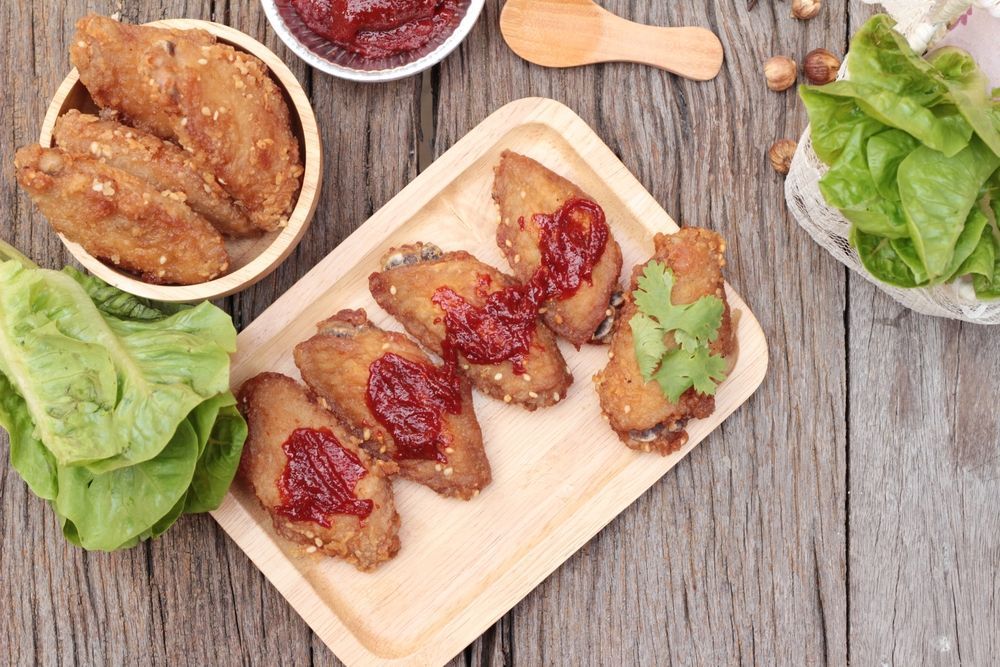Looking For a Great Korean Chicken Place? Keep Reading!
This is a subtitle for your new post
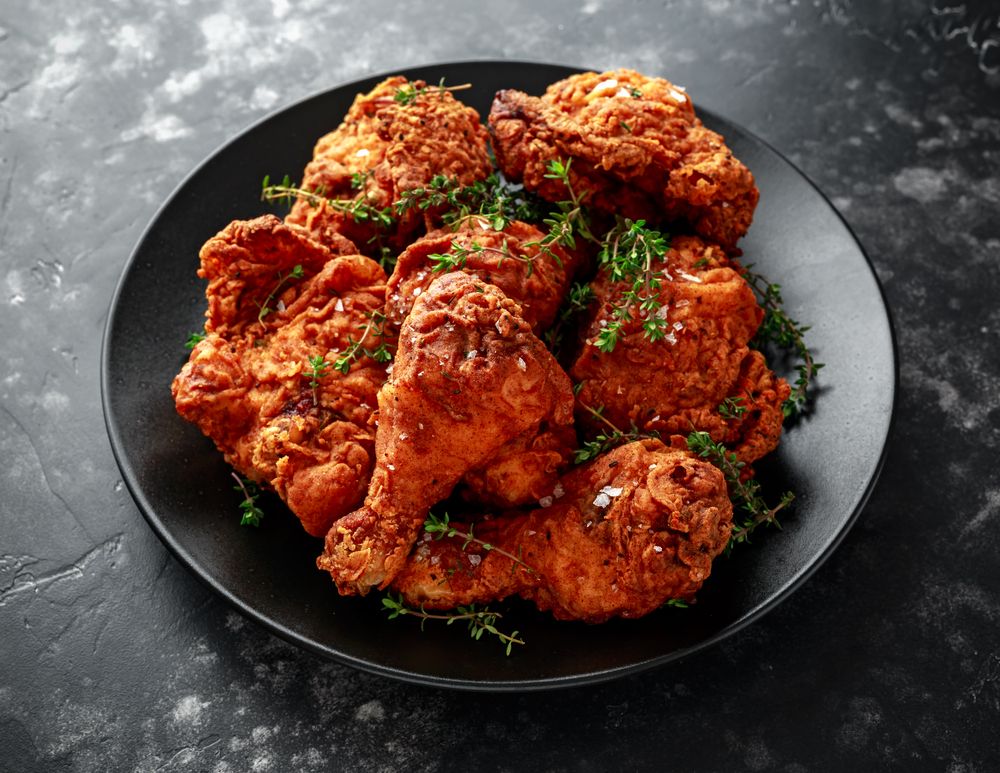
Korean chicken places have become increasingly popular in recent years, and some truly great Korean chicken restaurants are out there. Whether you're looking for Korean fried chicken or Korean-style BBQ, you can find it all at many Korean restaurants. Keep reading to learn more about Korean chicken and the evolution of BBQ in Korea.
The Evolution of Korean BBQ
Barbecue, or "gogi-goo-ui" in Korean, is a delicious and widely enjoyed part of Korean cuisine. It is the perfect way to enjoy a meal with friends and family while sharing good conversation. But how did it develop? Let's take a look at the history of barbecue in Korea.
The Origin of BBQ in Korea
Barbecue has been around for centuries in Korea, although it wasn't always called "BBQ." The earliest form of BBQ was known as "jeok-sal," which was the practice of grilling marinated meats on an open fire over charcoal. This was popular among the nobles during the Goryeo era (37 B.C.–668 A.D.). During this time, it was mainly used for special ceremonies and events.
In the Joseon Dynasty (1392 - 1910), barbecue began to be enjoyed by more people as it became more common as a way to celebrate holidays such as Chuseok and Seollal, or Lunar New Year. The term "gogi-goo-ui" first appeared during this period, when people would gather around large tables with coal grills in the middle that were used for cooking various types of meat, such as beef, pork, chicken, and fish. It soon became a popular activity among commoners who would hold their own barbecue parties at home or outdoors.
Modern-Day BBQ in Korea
Today, Korean BBQ is enjoyed by people all over the world. While traditional styles still exist, there are many variations that have developed over time due to different regions having different ingredients available to them. For example, some regions use beef while others use pork or chicken; some even use seafood like squid or octopus! Different sauces are also used depending on preference; some people like sesame oil, while others prefer soy sauce or Gochujang (Korean chili paste). Whatever your preference may be, one thing is certain – Korean BBQ continues to be an incredibly popular dish throughout South Korea and beyond!
Korean barbecue has come a long way since its humble beginnings hundreds of years ago. Today it can be found all over the world and comes in many different forms depending on region and preference. Whether you prefer traditional styles or something new and creative, you can be sure that whatever you choose will be delicious! So grab some friends, and
head on over to Han's Chimaek, the Korean chicken place, so you can enjoy some amazing flavors from Korea today!
The Essential Flavors Of Korean Cooking
Korean flavors are bold and varied, from the spicy kick of Gochujang to the savory sweetness of Kimchi. While there are many facets to the unique cuisine, five essential flavors define it: sour, bitter, sweet, pungent, and salty. But there's also another flavor that Han's Chimaek recognizes: gamchilmat or savoriness. Let's explore each of these six flavors in detail.
Sour Flavor
Sour flavors in Korean food come from fermented ingredients like kimchi and doenjang (soybean paste). These condiments add a tangy punch to many dishes. You can also find other sour elements in dishes like sujeonggwa (cinnamon punch) which is made with dried persimmons and ginger.
Bitter Flavor
Bitter flavors come from vegetables such as eggplant, squash, and greens cooked down into a stew or soup base. The bitterness can be balanced out with some sweetness from ingredients like honey or sugar. Bitter foods are said to have medicinal benefits, such as helping aid digestion and reducing inflammation.
Sweet Flavor
Sweetness in Korean cooking comes primarily from fruits such as apples or pears used for making sauces or marinades for meats like bulgogi (Korean BBQ). Sweetness can also be found in desserts such as patbingsoo (shaved ice desserts), hoddeok (sweet pancakes), and makgeolli (rice wine).
Pungent Flavor
The most famous example of a pungent flavor is gochujang (red pepper paste). It adds heat to dishes such as tteokbokki (spicy rice cakes) and kimchi jjigae (kimchi stew). Other examples include garlic chives, hot peppers, and ssamjang, which is a combination of gochujang and doenjang.
Salty Flavor
Salty flavor comes from common pantry staples such as soy sauce and fish sauce which are often used as marinades for meat dishes like galbi tang (short rib soup). Salt is also used to season side dishes like namul-noraechae, which is a mixture of blanched vegetables seasoned with salt and sesame oil.
Savoriness
Savoriness comes from fermented seafood products such as jeotgal (salted shrimp), which adds depth and umami flavor to soups like haemul sundubu jjigae (spicy seafood soft tofu stew). This particular flavor has become popular worldwide thanks to its umami taste profile that enhances all types of food!
With six distinct flavors defining Korean cuisine—sour, bitter, sweet, pungent, salty, and savory—there's something for everyone! Whether you're looking for something light or something hearty, something spicy or something mild, you're sure to find it within the wonderful world of Korean cooking! So venture out today and explore all that this delicious cuisine has to offer!
History Of Korean Food Coming To America
Korean food has a long history in the United States. Since the early 1900s, Koreans have been settling in various areas of the country, bringing their unique cuisine with them. In the 70s and 80s Korean immigration boomed in the United States and with their migration, they brought Korean BBQ. Soon Korean restaurants were popping up in cities all over the country.
Since then, Korean food has become increasingly popular, with Korean fried chicken leading the way. Korean fried chicken is a double-fried style that is served with a variety of sauces and seasonings. It can be found at Korean restaurants around the country and at Korean-inspired takeout places.
If you're looking for a great Korean chicken place to
try, Han's Chimaek is the perfect spot. They serve Korean fried chicken that is sure to satisfy your cravings. You can't go wrong with a variety of sauces, seasonings, and sides. So head to
Han's Chimaek, the Korean chicken place, and get your chicken fix!
Great Beers To Pair With Korean BBQ
Korean BBQ is a great way to get together with friends and family. But what can you serve with Korean BBQ to make it even better? Beer!
Korean BBQ is one of the best food experiences out there. Having a Korean chicken place nearby is definitely a bonus to making your Korean BBQ experience even more enjoyable, with great beers to pair it with. A few styles of beer could include Bright Cider, Sierra Nevada Hazy Little Thing, Blue Moon, Big Wave, Tierra Madre, and Modelo. To keep it truly Korean, go for drinks such as Korean lagers like Cass and Terra or Korean fruit Soju! With the right beer, you can take your Korean BBQ experience to the next level.
Korean food has a long history in the United States, and its flavors have only become more popular over time. Korean fried chicken is one of the most beloved Korean dishes around, so if you're looking for an authentic Korean experience, be sure to
check out Han's Chimaek - the best Korean chicken place! And don't forget about beer pairings that will take your Korean BBQ experience to new heights. So gather your friends and family together and enjoy all that Korean cuisine has to offer while sipping on delicious beers!
